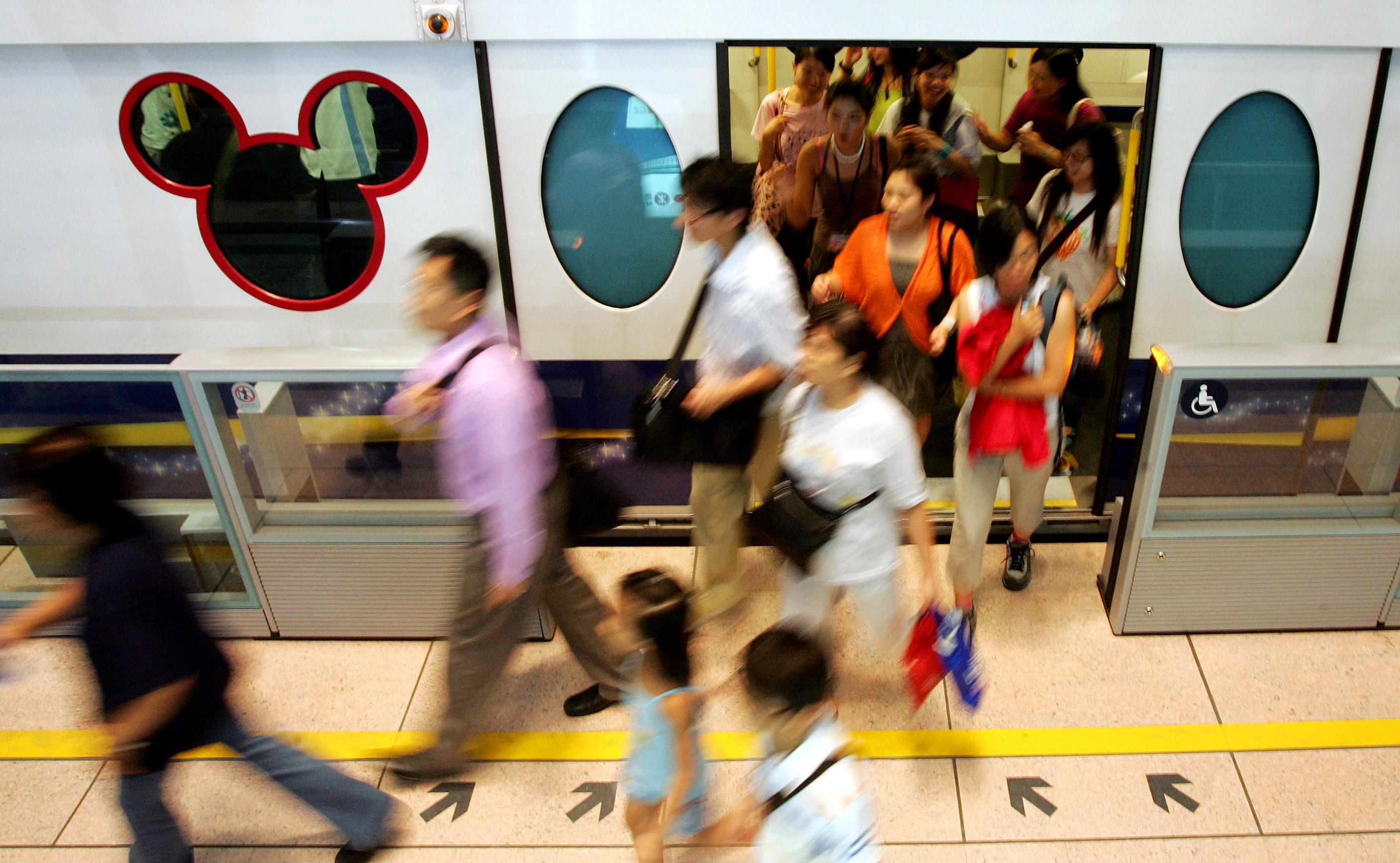- Joined
- Jul 10, 2008
- Messages
- 24,581
- Points
- 0
I just taken a ride in the mrt and bts of Bangkok to have my breakfast and I feel not just got but deep respect for them..
The bts and mrt work flawlessly and no breakdown and disruption.. In other words, it actually works and brings convenience to so many people using it.
It is fast and timely.. That earn my utmost respect.. I turn around before going my way to give it a respectful salute to show my respect and gratitude..
The Bangkok mrt and bts staffs deserves the highest honour and respect for making my ride a satisfying and fulfilling one.. My morning is great..
The bts and mrt work flawlessly and no breakdown and disruption.. In other words, it actually works and brings convenience to so many people using it.
It is fast and timely.. That earn my utmost respect.. I turn around before going my way to give it a respectful salute to show my respect and gratitude..
The Bangkok mrt and bts staffs deserves the highest honour and respect for making my ride a satisfying and fulfilling one.. My morning is great..





